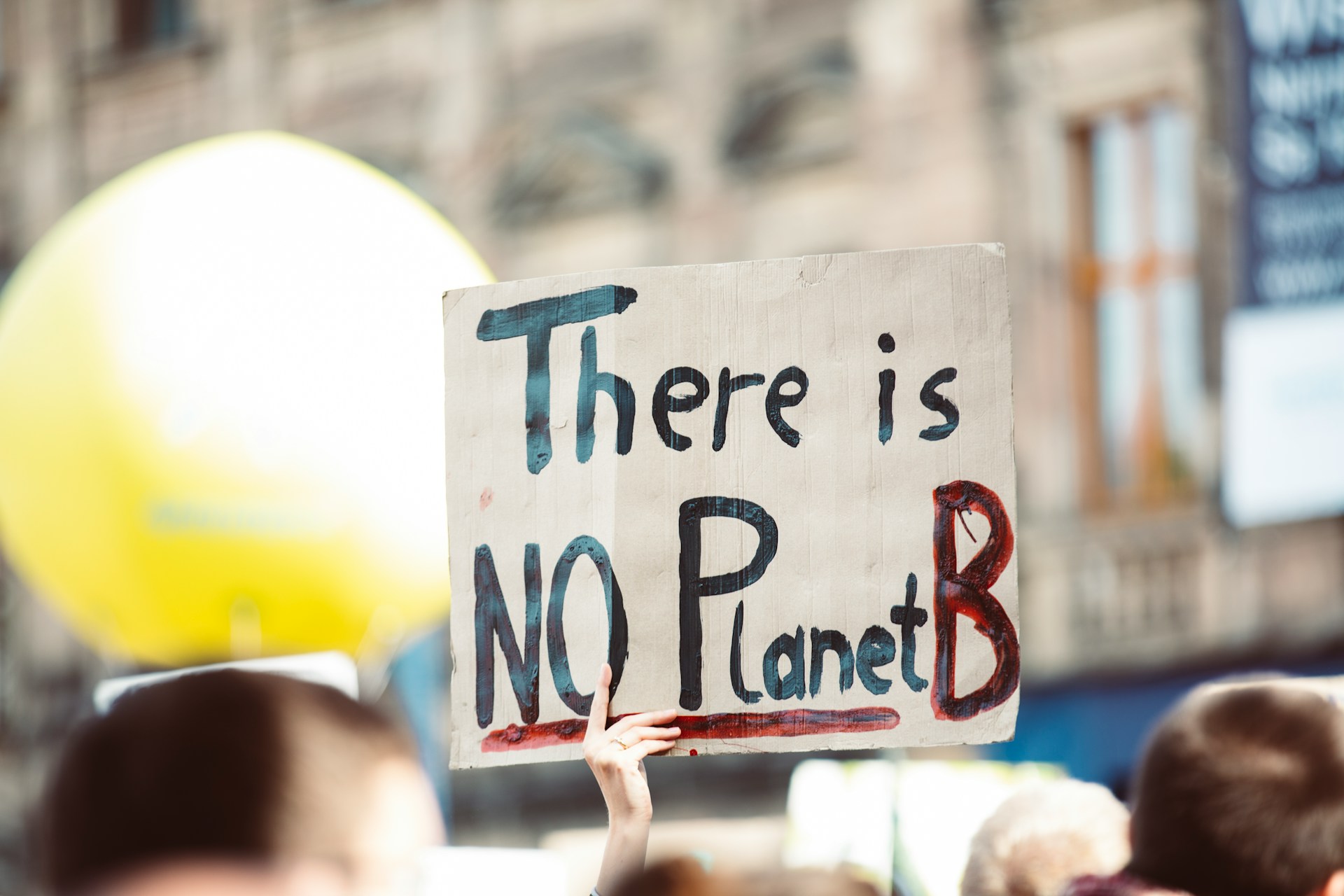
Somalia’s diverse wildlife, ranging from majestic lions to rare bird species, is facing an unprecedented threat due to climate change. As habitats alter and resources become scarce, the survival of these species is increasingly at risk. This blog post delves into the challenges faced by Somali wildlife due to climate change and highlights the conservation efforts underway to protect these natural treasures.
Climate Change and Its Toll on Wildlife
Climate change is altering the natural habitats in Somalia, impacting the availability of water, food, and shelter for wildlife. Extended droughts, more frequent and intense weather events, and shifting vegetation patterns are just some of the challenges that animals are facing. These changes not only threaten the survival of individual species but also disrupt the delicate balance of the entire ecosystem.
Challenge 1: Habitat Loss and Fragmentation
As the climate changes, habitats that wildlife once relied upon are disappearing or becoming fragmented. This is particularly evident in the case of species that require specific conditions to thrive. The loss of habitat forces animals to migrate to new areas, often leading to conflicts with human populations.
Challenge 2: Changes in Food and Water Availability
Altered rainfall patterns and temperatures are affecting the availability of food and water, essential for the survival of wildlife. This scarcity is leading to increased competition among animals and affecting their reproductive patterns, which has long-term implications for population numbers.
Conservation Efforts in Action
Despite these challenges, there are significant efforts underway in Somalia to protect and conserve wildlife:
- Protected Areas and Reserves: Establishing protected areas and wildlife reserves is a key strategy. These areas provide a safe haven for wildlife, allowing them to live and breed without the threat of human encroachment.
- Community Engagement and Education: Local communities play a crucial role in wildlife conservation. Efforts are being made to educate communities about the importance of preserving wildlife and involve them in conservation projects.
- Research and Monitoring: Scientific research and regular monitoring are crucial for understanding the impacts of climate change on wildlife and for developing effective conservation strategies.
- International Collaboration: Somalia is collaborating with international conservation organizations to gain access to resources, expertise, and funding necessary for effective wildlife conservation.
The challenges posed by climate change to Somali wildlife are significant, but not insurmountable. With targeted conservation efforts, community involvement, and international support, there is hope for preserving Somalia’s rich biodiversity. Protecting wildlife is not just about conserving species; it’s about maintaining the ecological balance that supports all life, including human life.



